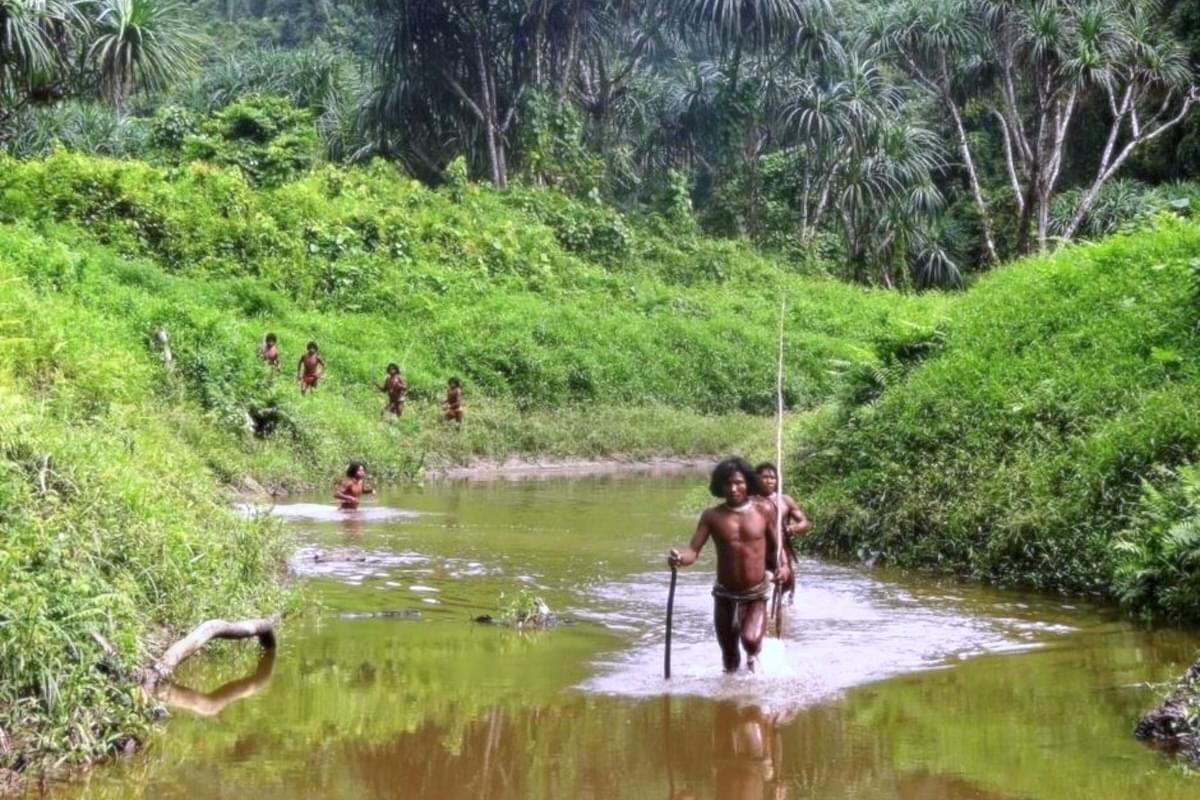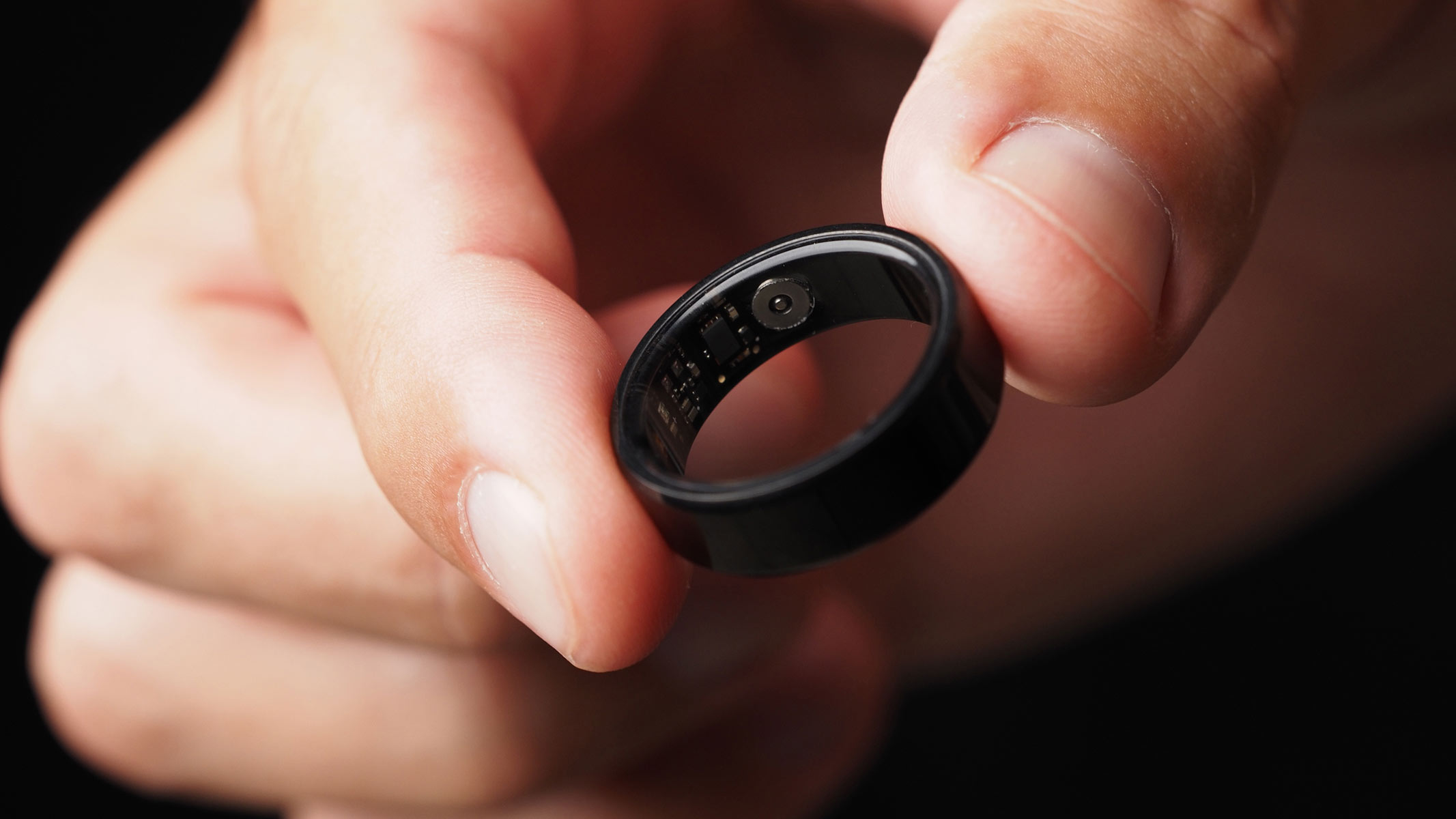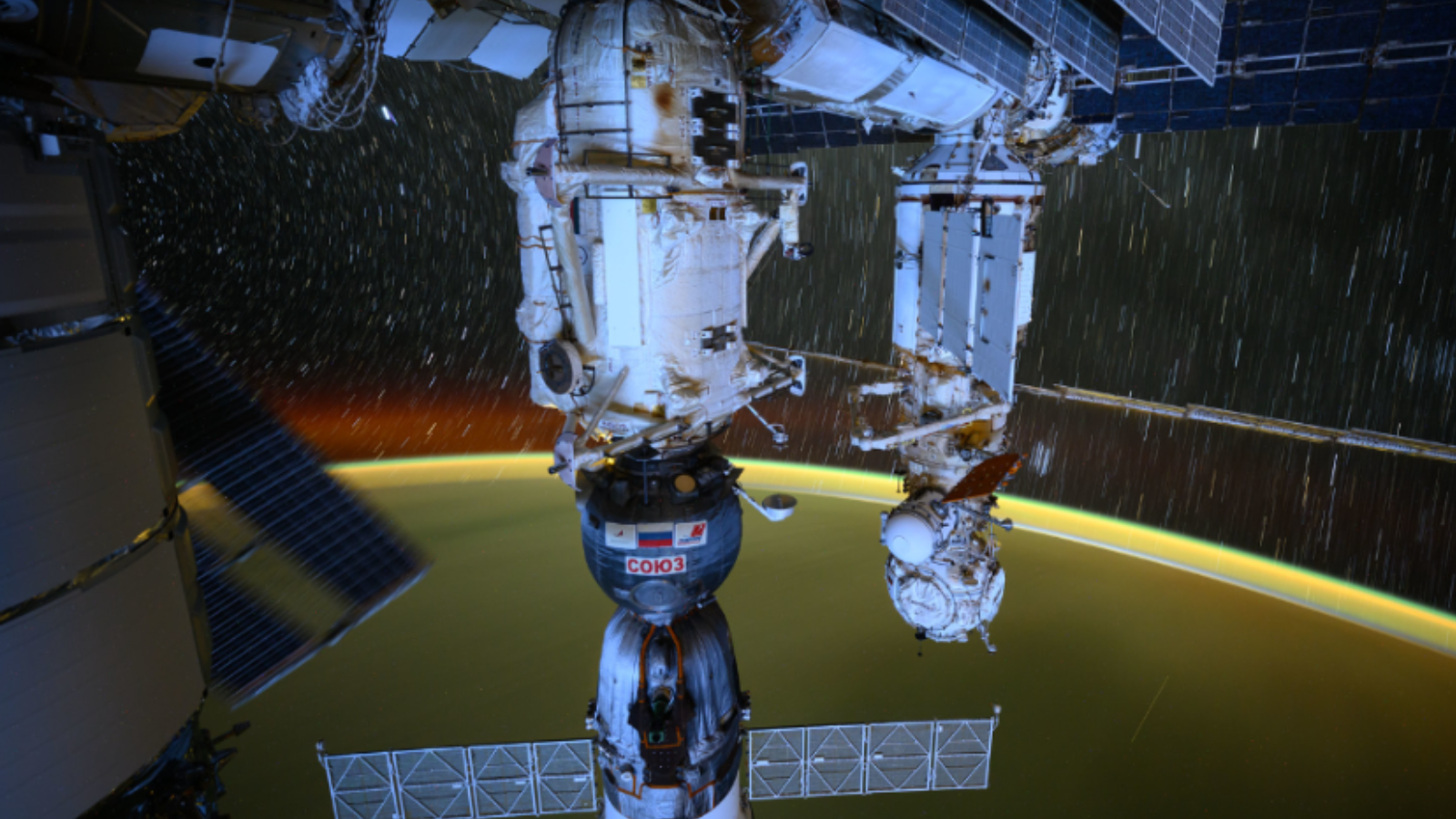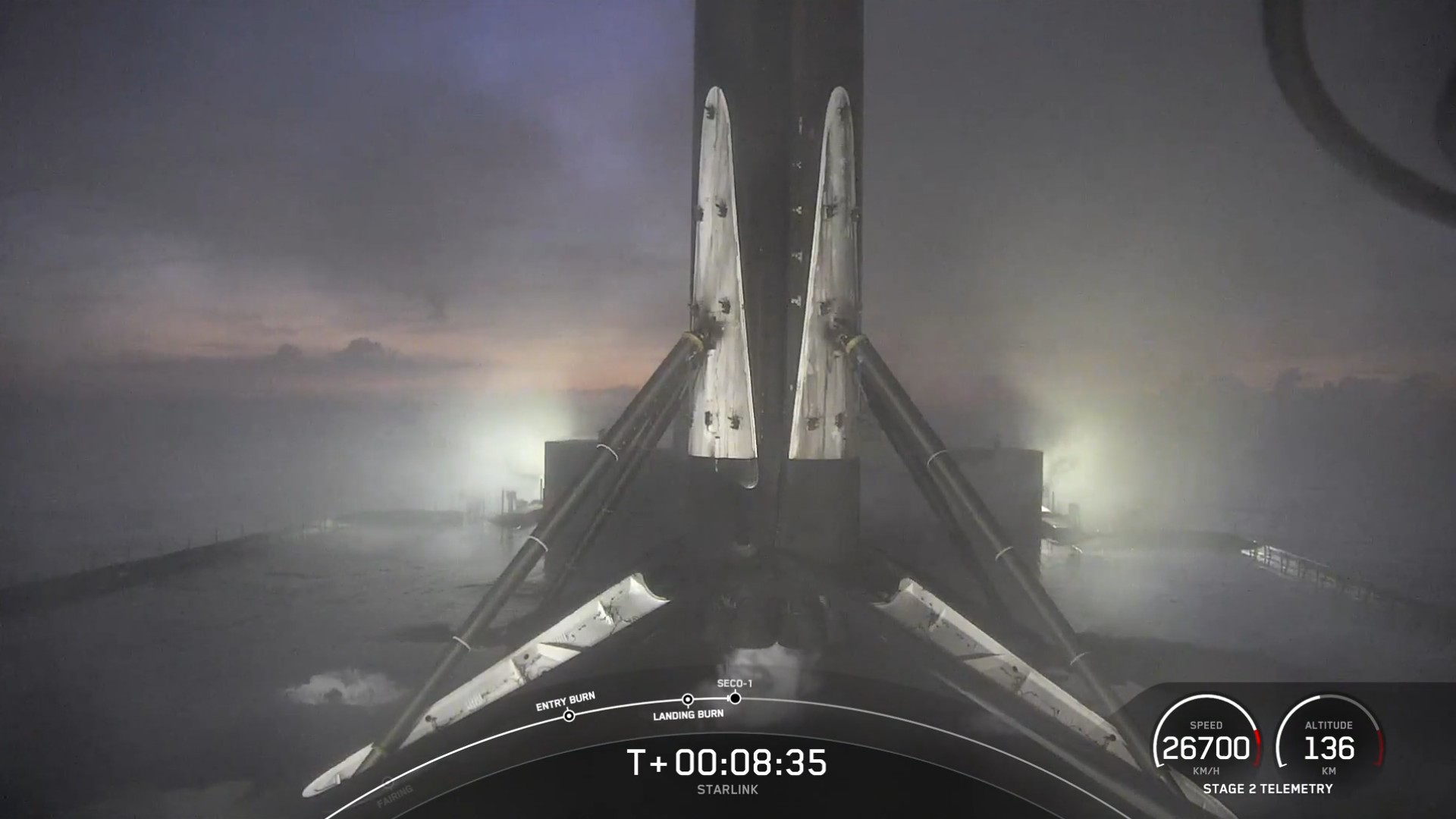Southeast Asian sailors possibly mastered seafaring before Polynesians
Their first voyages could date as far back as 40,000 years ago. The post Southeast Asian sailors possibly mastered seafaring before Polynesians appeared first on Popular Science.

Humans have navigated the open oceans for thousands of years, but new evidence indicates communities in Island Southeast Asia (ISEA) and the Philippines set sail aboard advanced boats as much as 40,000 years ago. The archeological finds, comparable to technology found in much later civilizations, challenge longheld assumptions on when and where early modern peoples around the world first engaged in seafaring. If true, ocean voyages around the Philippines and ISEA could predate even some ancient Polynesian trips.
Despite never directly connecting to mainland Asia through land bridges or ice sheets, archeologists have long documented the presence of early human settlements across ISEA. How they managed to successfully cross hundreds of miles of open water, however, remained a mystery. Given the vast majority of organic boating materials quickly decompose, experts couldn’t be sure whether these Paleolithic sailors passively drifted to the islands on rudimentary bamboo rafts, or if they employed more complex techniques and vessels to reach them. After analyzing finds at multiple dig sites across the Philippines, Indonesia, and Timor-Leste, researchers at Ateneo de Manila University now believe the ancient travellers’ boats and navigational knowledge surpassed previous hypotheses.
Their findings, detailed in a study published in the Journal of Archeological Science: Reports, are based on microscopic examinations of millennia-old stone tools that showcase evidence of plant processing. Specifically, users appeared to employ these implements to extract fibers needed to create nets, ropes, and other binding essentials needed for both boatbuilding and fishing. The team’s theories were further bolstered by the discovery of remains from deep sea fish like tuna and sharks, as well as additional fishing tools including net weights, gorges, and hooks.
According to the study’s authors, these predatory pelagic fish “indicate the capacity for advanced seafaring and knowledge of the seasonality and migration routes of those fish species,” while the fishing equipment implies “the need for strong and well-crafted cordage for ropes and fishing lines to catch the marine fauna.”
Taken altogether, the authors argue that it’s now likely early modern sailors piloted far more advanced boats than simple rafts, probably made from organic composite materials bound with plant-based ropes. Similar cordage would also have been used for deep-sea fishing of migratory prey, indicating an intricate understanding of migratory patterns, seafaring, and navigation. These findings also contradict the popular theory that similar technological development during the Paleolithic era can only be traced to certain regions across Africa and Europe.
The post Southeast Asian sailors possibly mastered seafaring before Polynesians appeared first on Popular Science.



































































.jpg)



















































![The breaking news round-up: Decagear launches today, Pimax announces new headsets, and more! [APRIL FOOL’S]](https://i0.wp.com/skarredghost.com/wp-content/uploads/2025/03/lawk_glasses_handson.jpg?fit=1366%2C1025&ssl=1)
















